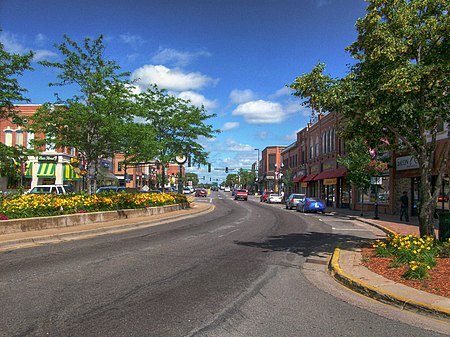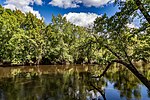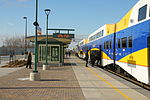Anoka, Minnesota
1844 establishments in the United StatesAnoka, MinnesotaCities in Anoka County, MinnesotaCities in MinnesotaCounty seats in Minnesota ... and 3 more
Minnesota populated places on the Mississippi RiverPopulated places established in 1844Use mdy dates from July 2023

Anoka ( ə-NOH-kə) is a city in and the county seat of Anoka County, Minnesota, United States. Its population was 17,142 at the 2010 census. Anoka is the "Halloween Capital of the World" because it hosted one of the first Halloween parades in 1920. It continues to celebrate the holiday each year with several parades. Anoka is a northern suburb of the Twin Cities. U.S. Highways 10 / 169 and State Highway 47 are three of Anoka's main routes, and it has a station on the Northstar Commuter Rail line to Minneapolis.
Excerpt from the Wikipedia article Anoka, Minnesota (License: CC BY-SA 3.0, Authors, Images).Anoka, Minnesota
3rd Avenue,
Geographical coordinates (GPS) Address Nearby Places Show on map
Geographical coordinates (GPS)
| Latitude | Longitude |
|---|---|
| N 45.197777777778 ° | E -93.387222222222 ° |
Address
3rd Avenue (South 3rd Avenue)
3rd Avenue
55316
Minnesota, United States
Open on Google Maps










